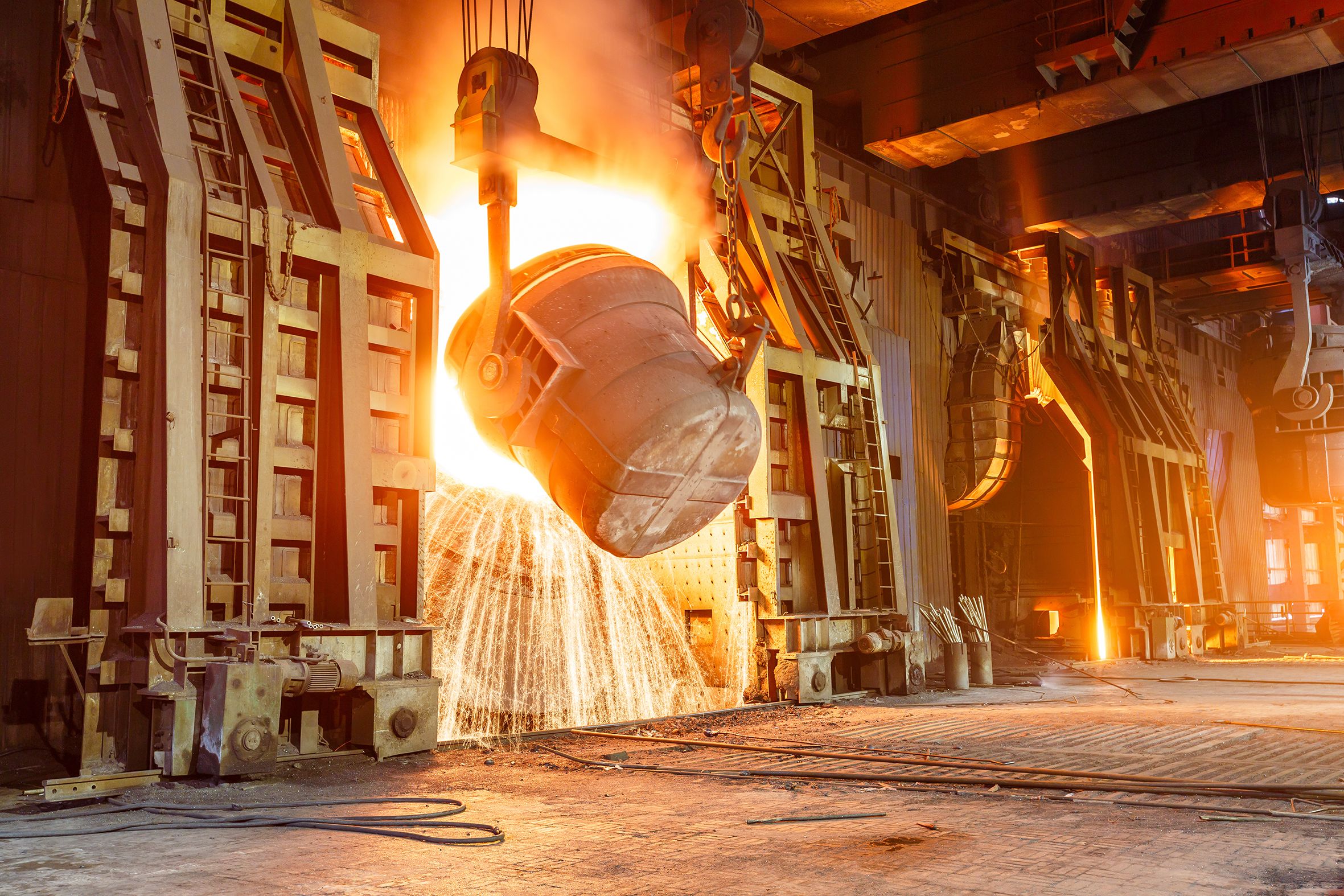EcoLowNOx: Auxiliary Combustion System for Efficient Combustion with Low-NOx Emissions for Foundation Industries

“The project demonstrated that our Auxiliary Injection technology could reduce NOx with the type of burner used in steel furnaces.”

Using the Glass Futures combustion-test-bed furnace, the project team assessed the performance of the technology in a range of scenarios designed to simulate a steel furnace. Meanwhile, a team at the University of South Wales fed data from industry partners Tata Steel and Liberty Steel UK into computer models to better understand the transfer of GCS’s technology into steel applications and quantify potential benefits.
“The project demonstrated that our Auxiliary Injection technology could reduce NOx with the type of burners used in steel furnaces. The modelling also suggests the technology has the potential to save fuel, too,” says Shoveller.
Importantly, GCS’s system can be fitted retrospectively. “Another technology exists to reduce NOx, such as Synthetic Catalytic Reduction, but this requires a separate piece of plant to be installed, which takes up a lot of space, and uses Ammonia as a reducing agent, which comes with its own environmental issues. On top of that, it’s very expensive,” explains Shoveller. “Our technology is cheaper, doesn’t require space or extra chemicals, and can be retrofitted on the run to an operating furnace, meaning no downtime for production.”
The next stage is for the technology to be tested in industrial settings. “We also want to explore the impact of hydrogen firing, too,” says Shoveller. “Increasingly, hydrogen is being added to the natural gas network, which has implications for the combustion process, which may further increase the benefits of using auxiliary injection technology in furnaces.”

